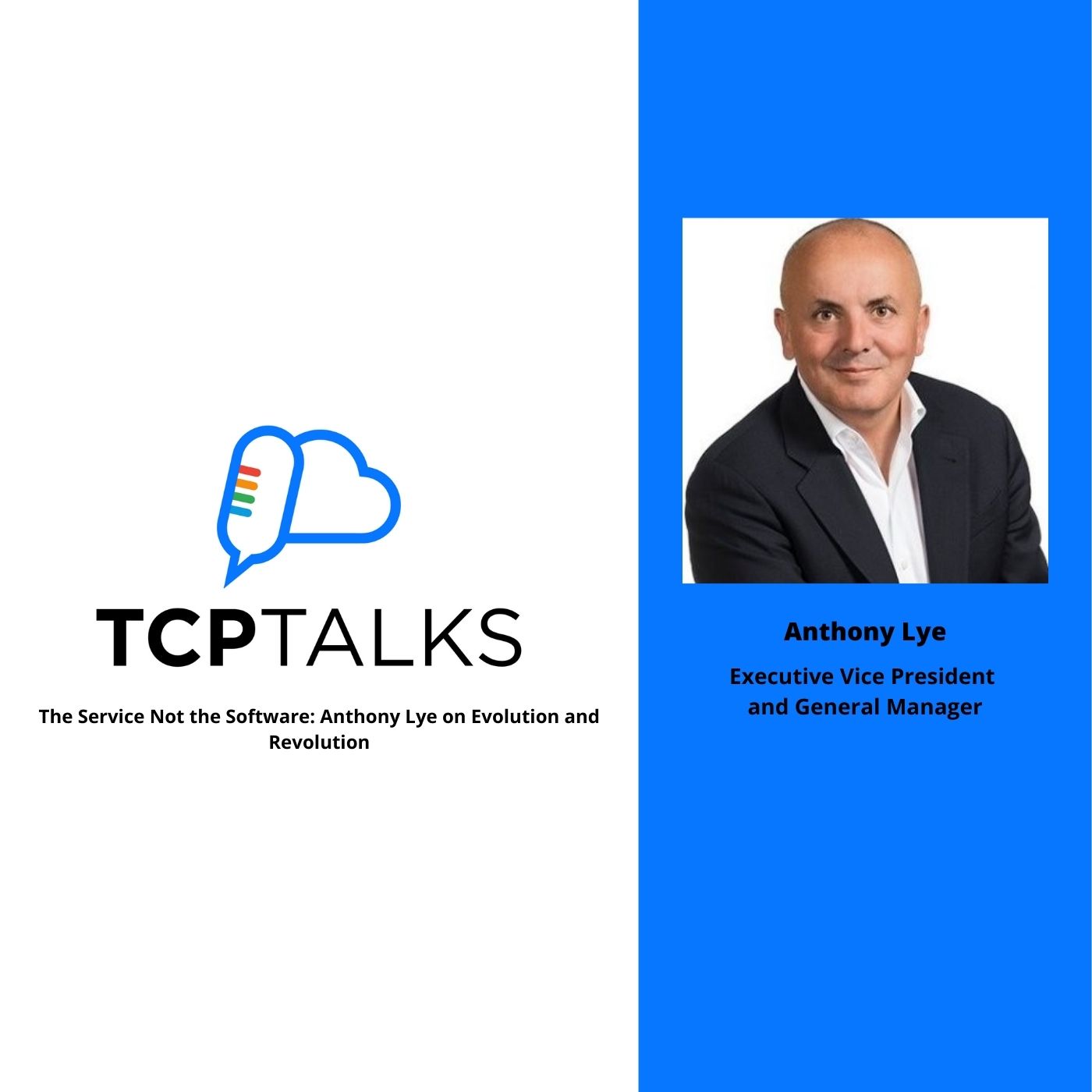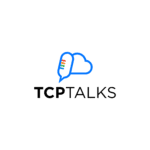
In this TCP Talks episode, Justin Brodley and Jonathan Baker talk with Anthony Lye, Executive Vice President and General Manager of NetApp’s Public Cloud Services Business Unit. An industry veteran for over 25 years, Anthony has been at the forefront of cloud innovation for over half this time.
Anthony shares his insight on the importance of embracing disruption in the tech industry. He discusses how NetApp seized the right opportunities, got lucky, and came to dominate the Cloud space — even while younger app developers may have no idea what it was.
“They don’t comprehend — nor should they — the complexities of infrastructure,” Anthony explains. “And I really love the fact that we’ve been able to democratize ONTAP, because it’s cool, but you’ve got to be really smart to get the best out of it. And so we just decided we would be the smart ones.”
What’s really behind innovation in tech? “The context is where you are. And people like to think that the world operates through evolution. And sometimes it’s revolution –- sometimes, you have to do something radically different.”
Anthony also discusses cloud computing trends, the importance of customer focus, what NetApp does differently, and the multi-cloud.
Featured Guest
👉 Name: Anthony Lye
👉 What he does: Anthony is Executive Vice President and General Manager of the Public Cloud Services business for NetApp
👉 Key quote: “You’ve got to put the customer in the middle of your business. And you’ve got to go where they want you to go. If you don’t, your hold may last a while, but it won’t last. And I still can’t believe that what we did we got away with, and we’ve gotten so much time to build so aggressively. It’s great.”
👉 Where to find him: LinkedIn
Key Takeaways
- 🚨 There are two halves of the cloud space: the IT half and the app half. IT people see huge opportunities in extending data centers. App people want to and can build and run their own stacks, and Anthony took advantage of this. “They don’t have to wait for the IT people,” Anthony says. “And I wanted to build something for them — I didn’t want to just hang out on the IT side. I went and asked a whole bunch of application people: what do you need?”
- 🚨 NetApp spies huge business growth potential on the horizon with recurring revenues. “Recurring revenues are the best kinds of revenues you can get,” Anthony clarifies. But people don’t always consider this. “Because they’re different, they sort of ignore them — they don’t like them. And before they know it, they’re years behind and caught. And passed as if they’re standing still.”
- 🚨 The customer is and always should be focused on as front and center of any business. For NetApp, the software and implementation are the same, but the unique integrations are what makes the service stand out. With SaaS, it’s now the second “S” — the service — that matters most. “The rule of SaaS is the other Henry Ford thing: you can have it in any color you want, as long as it’s black,” Anthony says. “We’re going to run it for you as a service, and you’re going to love it”, NetApp tells customers, increasing developer productivity and providing a much higher release cadence.
Resources
Here’s what was mentioned in the episode 👉
- ✔️ ARM: the most widely used family of instruction set architectures with over 200 billion ARM chips produced.
- ✔️ CloudCheckr: an end-to-end cloud management platform with cost, security, resource and service functionality.
- ✔️ CI/CD (continuous integration/continuous delivery): software development approaches often used in tandem for rapid code delivery and deployment.
- ✔️ Databricks: a data warehouse and machine learning company.
- ✔️ Elastic Block Service (EBS): an AWS scalable block service.
- ✔️ EMC: Dell’s hybrid cloud solution.
- ✔️ Filament: a cloud-native platform for data analysis.
- ✔️ Grafana: a fully managed service for scalable, managed backend for metrics, logs, and traces.
- ✔️ HP Cloud: Hewlett-Packard (HP)’s doomed set of cloud services.
- ✔️ ITIL: a library that defines the organizational structure and skill requirements of an IT organization for SOPs and management.
- ✔️ Magic Quadrant: a Gartner research methodology.
- ✔️ Marketing Research Management (MRM): software for marketers to manage their assets, with planning, budget, production, and program and campaign execution capabilities.
- ✔️ “Managed Service Providers (MSP)”: cloud management service.
- ✔️ ONTAP: NetApp’s data management software.
- ✔️ Platform-as-a-Service (PaaS): a model for running applications across all enterprise sizes.
- ✔️ Request for Proposal (RFP): an open-source software that uses APIs or a dashboard to control pools of compute, storage, and networking resources.
- ✔️ Amazon S3: an AWS cloud object service.
- ✔️ SAP: a PaaS cloud service for custom web app development and deployment.
- ✔️ Apache Spark: a cloud workload deployment engine.
- ✔️ Spot: NetApp’s cloud automation and cost optimization software.
- ✔️ VMWare Cloud (VMC): a joint-engineered cloud service between AWS and VMWare.
Top quotes in this episode
[8:43] “People talk about us now as a cloud native storage product. They don’t ever think now that it’s something we lifted and shifted, because we didn’t. We really reimagined and engineered it to be unlike any other cloud service.”
[12:02] “You’ve got to disrupt yourself, I think you’ve got to come at it from a very different perspective, it’s hard. Most people don’t really like change — they’d like to know that tomorrow will be like yesterday. And what makes this industry so good is how often it’s disrupted. The frequency of disruption in tech is just amazing … there’s been so much innovation … now every company is a software company — everybody. It’s been really, really fun.”
[31:45] “In the cloud, you have to show how good you are before you get to really take on some of these mega relationships that we had. And we had to show Amazon that we were good enough to be in the cloud — that we were fast enough. And we could prove to Amazon that we could release at cloud speed and operate and run a cloud business. And honestly, you kind of have to beat them a few times. And we did that. And we did something with Microsoft no one’s ever done. We did something with Google no one’s ever done. And now we’ve done something with Amazon that no one’s ever done. So we’ve got these three industry firsts. And it was probably more about just us proving ourselves time and time again, and pestering them time and time again, and proving to them time and time again, that we were a credible partner for a very core and fundamental service.”


